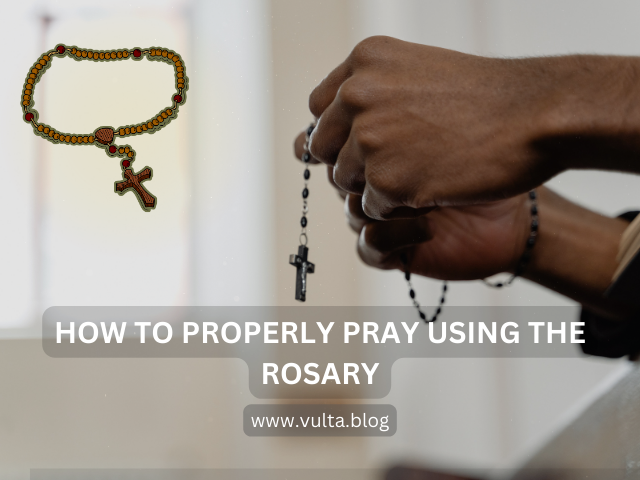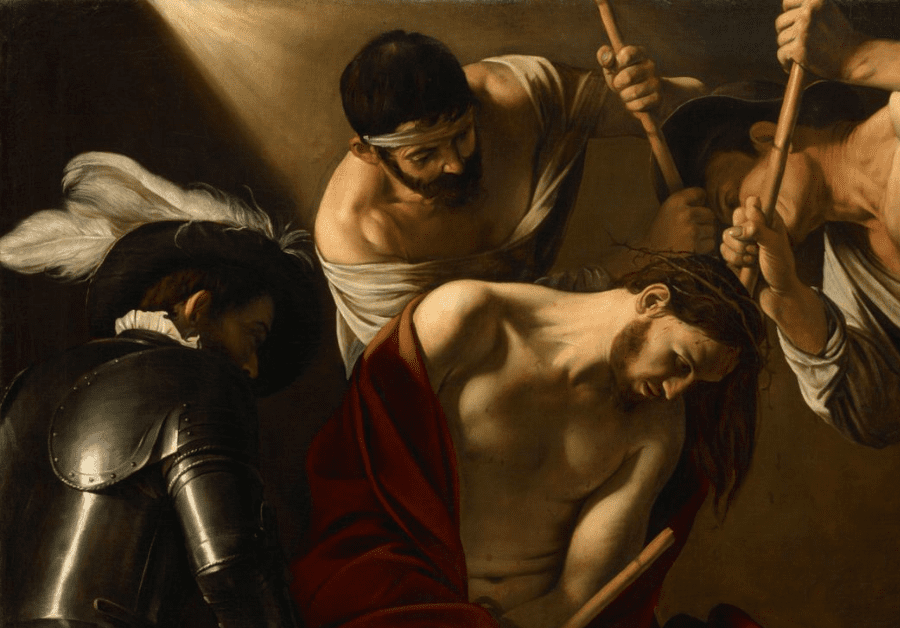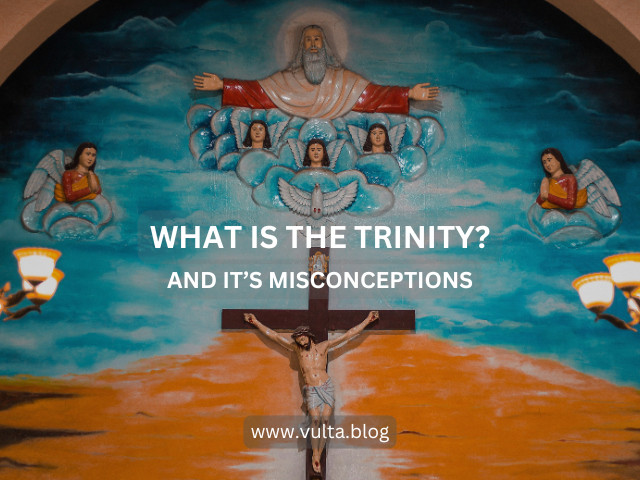How to Properly Pray Using the Rosary

The Origin of the Rosary in Christianity
Before the Rosary, early Christians used prayer beads and knots to aid them in tracking their prayers. Even before that, early Christians used Psalms (songs, poems, prayers, etc.).
For the curious, before the rosary became a common tool for aiding prayer, early Christians relied on:
Knots: Used to keep track of repeated prayers, particularly the Our Father and other devotional recitations.
Psalms: Recited or sung as prayers, often memorized and repeated as part of daily worship.
Finger/Mental Counting: Some early Christians used their fingers or mental counting to keep track of prayers before physical aids like beads became common.
Mnemonic Devices: Oral traditions and memory techniques were used to recall long sequences of prayers and scripture passages.
Parts of the Rosary
Before diving into the "How to Pray" section, it’s vital to understand the parts of the Rosary and the prayers associated with each component:
- Crucifix – Where you begin by making the Sign of the Cross and (optionally) reciting either the Apostles’ Creed or a brief personal prayer.
- First Large Bead – Recite the Our Father.
- Three Small Beads – Say three Hail Marys, traditionally for faith, hope, and charity.
- Next Large Bead – Recite the Glory Be, then (optionally) the Fatima Prayer.
- Decades (Five Sets of Ten Beads Each)
- Centerpiece (Medal or Connection Point) – No specific prayer, but a place of transition in the beads.
How to Use the Rosary for Prayers
1. Begin with the Sign of the Cross
The same with prayers without the rosary, we start by making the sign of the cross. Optionally, you can recite a brief opening prayer before proceeding to the full prayer.
If you wish to follow tradition, then recite the Apostles Creed after you perform the sign of the cross. Treat it as a brief opening prayer to affirm ones faith.
2. On the First Large Bead – Pray the Our Father
On the first large bead, recite the Our Father, also known as the Lord’s Prayer.
Our Father prayer:
Our Father, who art in heaven, hallowed be thy name; thy kingdom come; thy will be done on earth as it is in heaven. Give us this day our daily bread; and forgive us our trespasses as we forgive those who trespass against us; and lead us not into temptation, but deliver us from evil. Amen
3. On the Next Three Small Beads – Pray Three Hail Marys
These three beads are for three Hail Marys, traditionally offered for an increase in the virtues of faith, hope, and charity. You can reflect on these virtues as you pray each one.
So while reciting the Hail Mary's you can:
For the First Hail Mary (Faith): Ask God to strengthen your belief and trust in Him, especially when facing doubt or uncertainty.
For the Second Hail Mary (Hope): Pray for hope in God's promises, even in difficult times, and for the grace to keep your eyes on Heaven.
For the Third Hail Mary (Charity): Ask for a heart full of love—for God, for others, and even for those who may be hard to love.
Hail Mary prayer:
Hail Mary, full of grace, the Lord is with you; blessed are you among women, and blessed is the fruit of your womb, Jesus. Holy Mary, Mother of God, pray for us sinners now and at the hour of our death. Amen.
4. On the Next Large Bead – Pray the Glory Be
After the Hail Marys, move to the next large bead and recite the Glory Be to give praise to the Holy Trinity.
Glory Be prayer:
Glory be to the Father, and to the Son, and to the Holy Spirit. As it was in the beginning, is now, and ever shall be, world without end. Amen.
Optionally, you may also include the Fatima Prayer here:
"O my Jesus, forgive us our sins, save us from the fires of hell, lead all souls to Heaven, especially those most in need of Thy mercy."
5. Begin the First Decade – Announce the Mystery
Now you’re entering the main part of the Rosary: the five decades. Before each decade, announce the Mystery you're reflecting on.
Each set of Mysteries (Joyful, Sorrowful, Glorious, or Luminous) corresponds to different events in the life of Jesus and Mary.
6. On the Large Bead Before Each Decade – Pray the Our Father
This starts the decade. Recite the Our Father again on the large bead before each set of ten Hail Marys.
7. On Each of the Ten Small Beads – Pray Hail Marys
Pray one Hail Mary on each bead while meditating on the Mystery you've announced. These ten Hail Marys make up one decade (1 set of 10 beads).
As you pray each decade, you're invited to meditate on one of the Mysteries—important events in the life of Jesus Christ and the Virgin Mary.
There are four sets of Mysteries, each with five events to reflect on:
- The Joyful Mysteries – Focus on the early life of Jesus and Mary’s role in God’s plan.
- The Sorrowful Mysteries – Reflect on Jesus’ suffering and death.
- The Glorious Mysteries – Celebrate Jesus’ resurrection, ascension, and Mary’s place in Heaven.
- The Luminous Mysteries – A recent addition to the mysteries, added by Pope John Paul II in 2002, this mystery focus on important moments in Jesus’ public ministry like:
- The Baptism of Jesus in the Jordan River.
- The Wedding Feast at Cana, where Jesus performed His first miracle.
- The Proclamation of the Kingdom of God and the call to repentance.
- The Transfiguration of Jesus on the mountain.
- The Institution of the Eucharist at the Last Supper.
Which Mystery should We Pray Today?
Schedule for the Mysteries:
- Monday and Saturday: Joyful Mysteries
- Tuesday and Friday: Sorrowful Mysteries
- Wednesday and Sunday: Glorious Mysteries
- Thursday: Luminous Mysteries
Here is a full guide on how to focus on or meditate the mystery while reciting Holy Mary:

8. After the Ten Beads – Conclude the Decade
After the ten Hail Marys, the decade is concluded by praying the Glory Be again. (Optionally, you can follow up by reciting the Fatima Prayer)
Repeat this cycle through all five decades, each time starting with a new Mystery.
Copyright ©2025 by Marshall Vulta





Comments ()